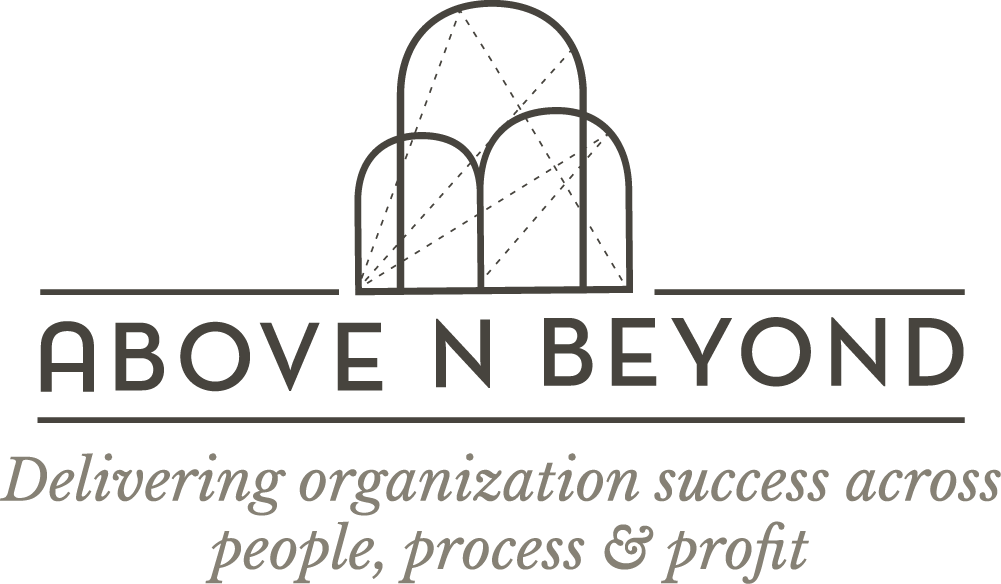
The Latest City: Account Centricity
Think about the American TV show Mad Men, a show about men and women of the 1960s working in the advertising world, and the phrase “account management” will drum up images of suave, urbane smooth talkers, busy boozin’ and schmoozin’ their clients to keep them happy. Happy-clients means continued business. Happy-clients mean more business… But hold on a second, might we use client/customer and the term “account” interchangeably? If we look at a B2C interaction, the individual is one being served, so they are the customer. In a B2B interaction, it is a business unit or organization being served, and as such, the entire entity becomes “the customer”. We could think of an account as the brand being served – the logo! It then follows that when it comes to the business of serving other businesses, the textbook concept of customer centricity transforms into its avatar of account centricity. What is the organisation’s real need of the hour/the decade? What are the needs that have gone unsaid? Are we addressing the big picture for the client in a meaningful way? These are the questions account centricity urges leaders to ask.
Common limiting beliefs
In our consulting partnerships with leaders of all varieties from across sectors, we have observed patterns of mindsets that tend to hold a leader back from fully realizing the business potential of account centricity. Articulating these can provide readers an opportunity to reflect on their own inclinations, as well as proactively sidestep the following common pitfalls.
- Service Delivery mindset i.e. They say, we do.
Limiting belief: I can do nothing to influence the existing power dynamic.
- Siloed thinking i.e. Focused on serving a particular vertical rather than considering customer’s macro trends or big picture movement.
Limiting belief: I need to stick to my core function.
- Inside-out thinking i.e. Business opportunities are identified to match current internal capability.
Limiting belief: I cannot take on work that needs skills outside current skill limitations.
- Supply-centricity i.e.The instinct to frame a business problem as a resourcing issue.
Limiting belief: If we add more people to the team, we can solve this problem.
- Legacy-bound i.e. Fear of challenging status quo.
Limiting belief: This is just how things are done.
- Person-centricity i.e. Tackling individual team member limitations before process/systemic enablers.
Limiting belief: Individual members’ limitations are the primary cause of the organisation’s business limitations.
Success factors for the shift
Limiting beliefs solidify over time to become undetected blind spots. Leaders who wish to grow their business are seeing the value in pivoting their approach away from service-line thinking towards broader account success strategies. Business is driven by behaviours that are in turn driven by underlying beliefs. It goes without saying that to bring about outward shift in business outcomes, leaders must devise ways in which to chip away at limiting beliefs that govern all outward behaviour. This is no easy task, given what we know about how hard it can be to unlearn deeply internalised conditioning. What we have found to work is a set of four factors that are mission-critical to initiating a long-lasting shift towards the account-centricity mindset.
- Visible involvement of apex leadership group
This is vital! You are dealing with a non-starter if this is not in place. Collective and consistent messaging by the firm’s top leaders is paramount to laying a proper foundation for this shift.
- Implementing systemic enablers
As our founder Vivek Subramaniam likes to say, what gets measured gets managed – and what gets managed gets achieved! If siloed thinking columns need to be broken to make way for truly presenting a cross-vertical offering at a client meeting, it is imperative to establish metrics that formally incentivise collaborative action across verticals and regions.
- Rigour
Revisiting outward behaviours and underlying beliefs is an act of reflection. Reflection leads to insights which in turn are fuel for action. Experiencing observable shifts and benefits ignites the virtuous cycle of further reflection and action. Successfully setting this in motion relies on consistent reinforcement of accountability mechanisms.
- Humour
Not forgetting that we are all but human! To wit, humans need nourishment of the intellect and the spirit. The latter of these is rooted in the pursuit of simple pleasures such as laughter and creation of collective memories, and change management must at no cost treat this as negotiable.
What is fascinating about the idea of keeping the customer at the centre of business and organizational strategy is that it is simultaneously an old and a new idea. The truth is it has undergone many cycles of being in and out of vogue. The current decade has taken an urgent shine to it once again, and for good reason. The customer is the most informed they have ever been, with the most options at their disposal they have ever had. Given that customers have this unprecedented level of freedom and flexibility, the way to winning or retaining an account ties directly to, i) the ability to understand and even anticipate what the customer genuinely needs, and ii) the ability to deliver the proverbial goods in a way that wows the customer. Those who hit those operative words of genuine need (relevance with a view of the big picture) and wow (sense of going above and beyond value add) are the ones who grow account size and numbers.
Ultimately, that foundational notion of a satisfied client has not only carried well over the years but even remains a robust truth to this day.
